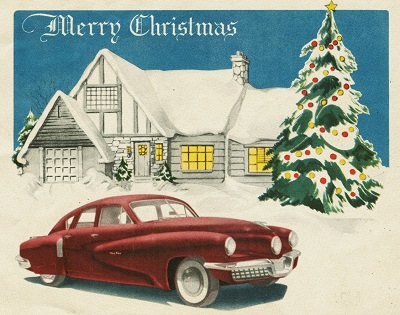 I am in the process of creating cards from my artwork. Hmmm…do I include a printed greeting or leave the inside of the card blank? You will not be surprised that I was instantly curious about the history of the greeting card. So many directions to go in. Christmas cards and valentines are subjects worthy of their own posts. The dive into this subject included the history of paper production, the post office, art, culture, economies and technology.
I am in the process of creating cards from my artwork. Hmmm…do I include a printed greeting or leave the inside of the card blank? You will not be surprised that I was instantly curious about the history of the greeting card. So many directions to go in. Christmas cards and valentines are subjects worthy of their own posts. The dive into this subject included the history of paper production, the post office, art, culture, economies and technology.
There were greeting cards in existence even in ancient times. The history of the greeting card may begin with the ancient Chinese who first exchanged cards to celebrate holidays and special occasions. Ancient Egyptians were also known to send greeting cards. They used papyrus scrolls to exchange messages of good will. By the late 1920s, the greeting card industry employed more than 5,000 American workmen at as many as 40 factories. Each year’s new designs were produced by well-paid artisans and closely guarded to prevent imitation by rival firms.

Today there are many ways to convey your message. Some greeting cards play music or sound when they are opened. E-cards can be sent can also be sent electronically. Flash-based cards can be sent by email, and social media sites also enable users to send greetings. You can even send greetings to a mobile phone by text message or use a mobile app for this purpose. Pop Up cards, once opened, have a 3-d picture that pops up giving the reader a surprise. These intricate designs are inspired by the Kirigami art form, which originated in Japan. Printable, digital cards have allowed designers to make cards readily available to customers all over the world. Just purchase a card online and print it yourself at home.
One of the world’s largest creators, The American Greetings story begins in Cleveland, Ohio, in 1906, when Jacob Sapirstein, a determined young Polish immigrant armed with big dreams and a $50 bank loan, began importing elegant postcards from Germany and selling them to local merchants from his family’s horse-drawn cart.The company was the first to commercialize greeting cards with the advent of self-serve store displays in 1929. Throughout the Great Depression, Sapirstein’s affordable greeting cards helped to lift the spirits of an ailing nation.

J. C. Hall often went against conventional wisdom. In the 1920s he wanted to replace “Hall Brothers Company” on the back of their greeting cards with the phrase, “A Hallmark Card.” When others said advertising was a waste of money, he began creating and placing ads, and established Hallmark as the most recognizable brand name in the industry. He sponsored a live Christmas-Eve TV production in 1951. That broadcast launched what would become the “Hallmark Hall of Fame,” one of television’s most honored and enduring dramatic series and today is the well-known Hallmark Channel.
The first Valentine’s message is thought to date back to 1415. It was sent from Charles, Duke of Orleans, to his wife while he was being held captive in The Tower of London. Charles was a French nobleman who was captured by the British during the hundred years’ war. He wrote a poem for his wife that began ‘I am already sick of love, my very gentle Valentine’. By the 1800s Valentine cards became more affordable due to cheaper printing methods and the arrival of the postal service. Before this time, greeting cards were expensive, handmade items that also had to be delivered by hand.
I have plans to sell my cards in a new gallery next month. Fingers crossed, because if anything goes wrong I will be looking to buy a horse and a cart.
Thanks for another trip down memory lane. That’s what greeting cards looked like ‘back in the day’.
I loved finding them and resending when we were pickers!